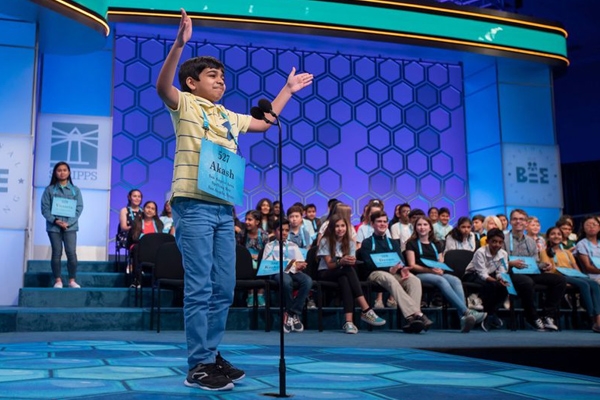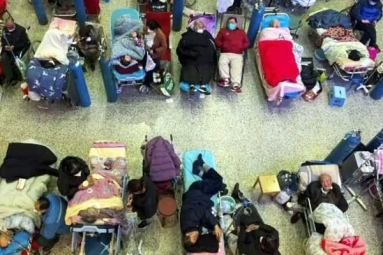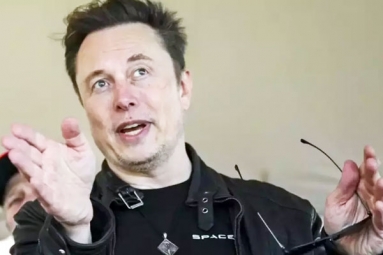
(Image source from: Los Angeles Times)
The 92nd Scripps National Spelling Bee is underway and before the day of the finale, here is a phenomenal detail of Indian Americans winning every Scripps National Spelling Bee since 1998.
Spelling bees have become a vital part of the Indian American experience. Although only a handful of the 4.4 million Indian Americans become elite spellers, the intense way they meet the challenge is transforming this quintessential American activity.
The U.S. can lay claim to inventing the term “spelling bee,” which first appeared in print in 1875. But when the bee marks its 100th birthday in 2025, Indian Americans will get the credit for turning to spell into a highly competitive sport.
Indian American spellers often say the documentary “Spellbound” inspired them to treat the dictionary as less-than-casual reading. When the film showed Nupur Lala winning the 1999 national bee - with the word “logorrhea” - many of them decided to compete.
As an anthropologist doing research on the bee over six years, I kept hearing the same sentiment over and over: “If she can do it, we can do it.” But Indian American interest in competitive spelling predates “Spellbound.”
Nearly every Indian American speller who has won the National Spelling Bee over the last decade has also won or done well in the South Asian Spelling Bee, founded in 2008 and run by a public relations firm. The contest has its roots in a brainstorming session for an event that would draw South Asian American consumers. State Farm and MetLife have served as title sponsors.
Competing in bees also allows these young word nerds to make a vast social network of friends who also love spelling.
Since 1993, the nonprofit North South Foundation has enrolled Indian American children in a variety of bees, including spelling, vocabulary, math, and geography. The 92 nationwide chapters were founded through word of mouth with no marketing or publicity - evidence of how this immigrant community shares information and knowledge about academic enrichment activities. More than 16,000 students compete each year.
It’s no secret that parents of Indian American elite spellers are deeply involved in their children’s spelling success, including paying for coaches and quizzing them for hours a day. This phenomenon was documented in the 2018 documentary “Breaking the Bee,” which showcased how Indian American competitors had come to dominate the event.
In 2013, after five straight years of Indian American winners and endless onstage spelling rounds that made for tedious TV viewing, a computerized vocabulary test was instituted to pare the field and determine who would advance to the later rounds. Yet from 2014 through 2016, three sets of Indian Americans became co-champions.
By Sowmya Sangam






















